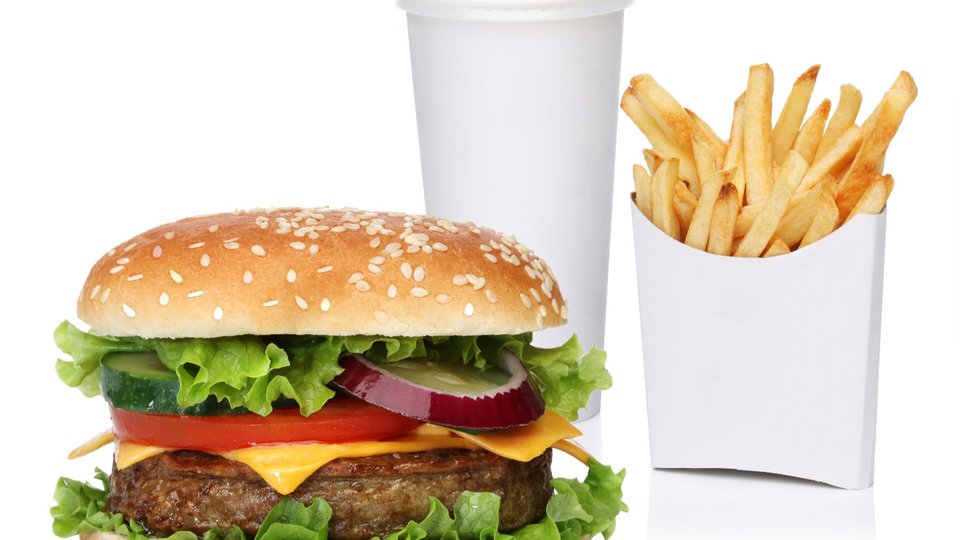Operations
Combo meal insights you can’t afford to miss
Combo meals are popular additions for restaurants around the world. But what does a combo meal imply? Jana, Zschieschang, chief marketing officer for Revenue Management Solutions, takes a look at these notable components on QSR menus.

October 14, 2021 by Jana Zschieschang — CMO, RMS
Combo meals have been a notable component of pandemic sales for quick-service restaurants (QSR). In fact, they make up 35% of the menu mix across the industry, according to the most recent Revenue Management Solutions data.
Because combo meals played a big role in the early days of the pandemic — and we're still feeling their impact as the return to dine-in slows — we wanted to find out exactly what drove consumers to "make it a combo meal." So, we asked over 800 U.S. diners, 88% of whom eat out at least twice a week. The results suggest combo meals are likely to stay on consumers' minds and, most importantly, operators have more pricing leverage than they might have thought.
Combo meals are universally popular
Overall, 65% of respondents purchased a combo meal from a QSR in the past month. While most everyone seems to love "a side of fries with that," millennials with families are the likeliest to purchase a combo, and 47% of frequent buyers have a household income between $30,000 and $74,000.
These demographics have, in the past, led operators to assume that value is the greatest motivator for purchase. Why else would the meals be often dubbed "value" or "family meals"? But our recent survey debunks this theory. It turns out that affordability isn't the only reason consumers buy a combo.
Combo doesn't imply "cheap"
In an open-ended question, we asked consumers the reason for choosing a combo meal. The results were split across three common themes:
- 39% referenced efficiency, including speed and ease of ordering.
- 38% referenced economics, including value and affordability.
- 34% referenced product preferences, including favorite products all in a full meal.
Let's look a bit closer at these responses.
- Efficiency. Respondents who chose "efficiency" referenced the degree to which convenience, ease and speed supported their decision to order "combo." Others suggested that the "all-in-one" solution reduced the overall cognitive load of orders (we're all tired, it seems). And speed is of major significance these days. The survey also revealed that a full one-third of respondents who reported experiencing a long wait were unlikely to return to the same restaurant.
- Value. More than a third of respondents did cite "value," "cheap" or "a deal" as the reason for their order, recognizing that the combination of items should be more affordable than the sum of its parts. But when asked "How much cheaper?," no respondents offered a specific dollar amount.
- Product preference. Respondents whose motivation fell into the "product preference" category chose a combo because they liked the idea of a "full meal" or felt the variety could "fulfill their needs." Others expressed a fondness for or familiarity with the combo meal. Others were just plain hungry.
Combo meals offer an opportunity for price
So, what does this mean for operators? You have more pricing leverage than you think.
Traditionally, the rule of thumb for combo meal discounts is around 20%, meaning that a burger, fries and drink combo should be 20% less than the cost of purchasing each menu item individually. Yet, in our survey, most respondents cited a motivation other than price. Moreover, when we followed up to ask how much cheaper a combo meal should be, none of the respondents offered a specific dollar amount. The takeaway: Our industry has a rule of thumb — customers do not.
Of course, operators must keep in mind that combo meal prices should never exceed the sum of their parts. But RMS data analysts believe today's market may tolerate prices closer to the ceiling.
So what are the best steps to take?
First, identify if you have further pricing opportunities in the combo category by looking at your transactional data and analyzing demand. Has it remained stable through previous price increases?
Second, review your current combo meal discount levels.
Third, test in locations that best represent your customer base to determine if customers perceive value even after combo meal discounts decrease slightly.
Finally, if the tests are profitable and demand remains stable, it's time to roll out the change in more locations and, eventually, throughout the system.
Repeat steps 1 through 4 on an ongoing basis.
Demand for combo meals is likely to remain strong. It turns out consumers got comfortable with drive-thru and takeout channels and are sticking to their habits. When asked in April 2021 whether or not they have changed the way they use restaurants now, the majority of respondents reported "no change." In May 2021, 23% of respondents frequented QSRs "more" or "much more" in the past month — a much higher percentage than those reporting more fast-casual or casual dining trips.
If traffic continues to be strong, and demand for combo meals is based on more than just value, we recommend using your pricing leverage while you can — particularly as the headwinds of labor and food costs threaten to overwhelm.




